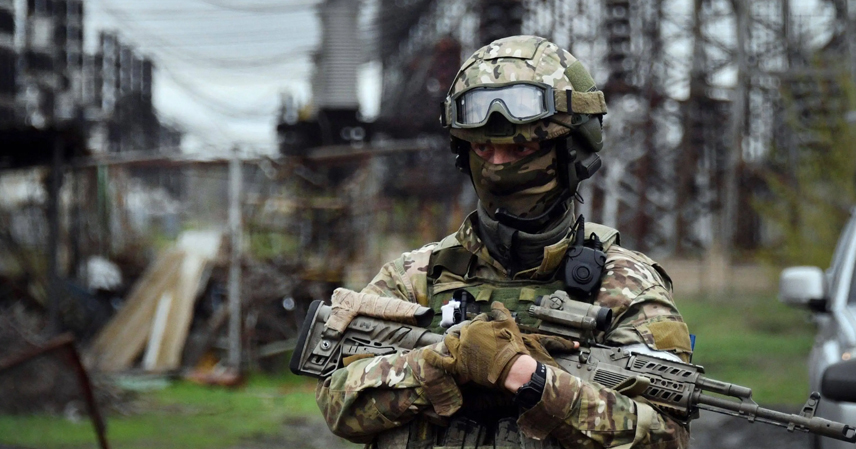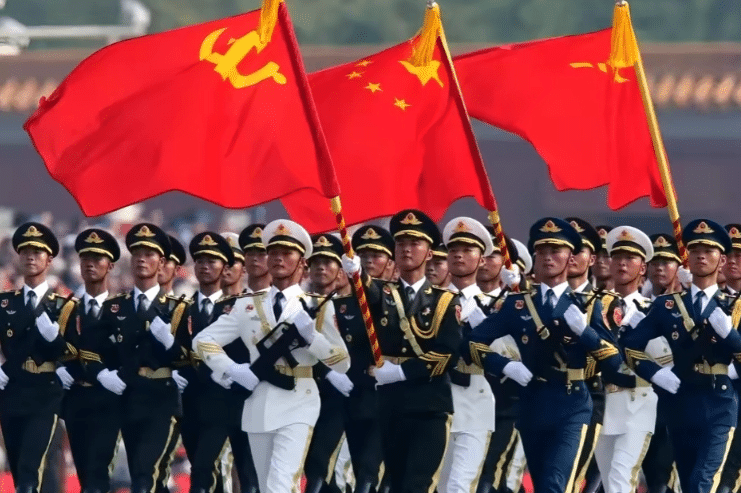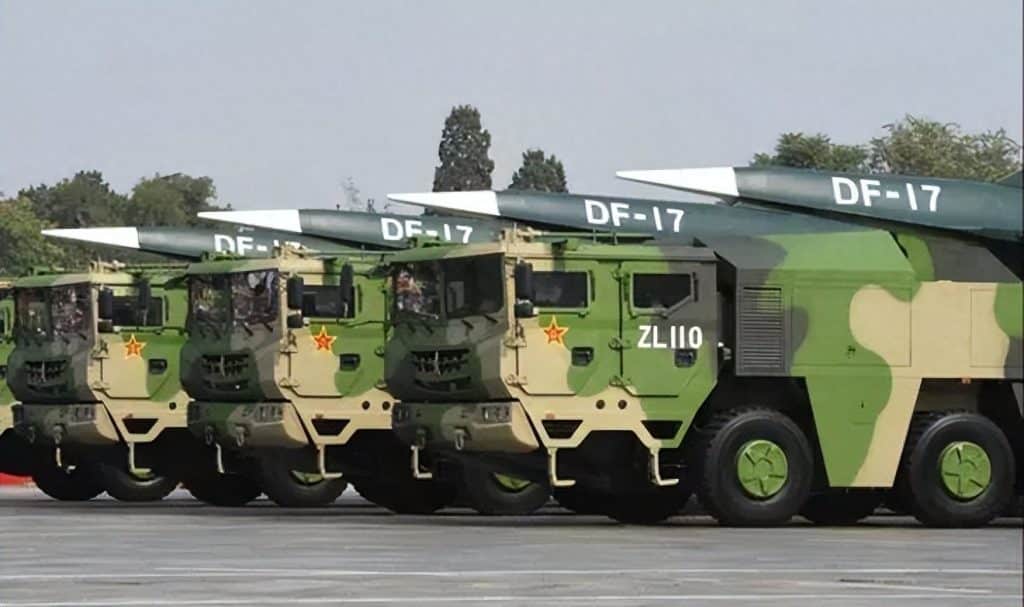A summary of battlefield forensics and why imported components in Russian munitions matter
According to a recent BBC report and Ukrainian laboratory analyses, fragments recovered from Russian missiles, drones and other weapons have revealed a surprisingly large number of foreign-made components. Samples taken after a major strike on October 5, 2025 in western Ukraine reportedly contained tens of thousands of parts sourced from the United States, the United Kingdom, Germany, Japan and other countries. Those components — microchips, sensors, power modules and more — play direct roles in guidance, control and power systems. The findings raise questions about the effectiveness of export controls and the routes by which dual‑use parts reach sanctioned defence industries.
Key forensic findings from battlefield debris
Ukrainian teams collected wreckage from missiles and drones and analyzed serial numbers and markings in labs in Kyiv. The BBC report highlights several high-impact discoveries:
- Kh-101 cruise missiles reportedly incorporate 31 imported component types, with U.S. chips used for trajectory computation, UK processors for steering, German sensors for flight attitude, and Japanese parts for power stability.
- Fragments of the 9M727 and other systems were also found to include Intel and Panasonic components.
- Fighter jets such as the Su-35 were reported to contain hundreds of microelectronic units from dozens of suppliers; one analysis cited 891 microelectronic items sourced from a global supplier base.
- Examination of T‑72 upgrade parts and drones (e.g., Geran‑3) revealed components like STMicroelectronics microprocessors, Honeywell sensors and European hydraulic and display units.
Ukrainian investigators say they have matched many serial numbers to legitimate production batches — some with manufacture dates after the imposition of sanctions — suggesting the parts were not counterfeit but were flowing through intermediaries and third‑party markets.
How do sanctioned components reach Russian factories?
The supply routes described in the report are varied and often indirect:
- Some manufacturing lines and distributors have reportedly shifted operations to Southeast Asia (Thailand, Malaysia), where parts are resold and then shipped on.
- Central Asian and Middle Eastern transshipment points (e.g., Kazakhstan, Turkey, UAE) are cited as important hubs. Exports of microcircuits from Kazakhstan, for example, reportedly rose sharply between 2022 and 2024.
- Repackaging and relabeling through third countries and use of commercial e‑commerce channels, private brokers and freight concealment are also named as common tactics.
- In some cases parts are sourced via inventory purchases in major Chinese electronics markets and then shipped onward.
These supply‑chain adaptations make sanctions enforcement harder: legally compliant paperwork and multiple handovers can obscure the component’s final end‑user.
Why these parts matter: not just “commodity” components
Many of the cited components are high‑precision or application‑specific — not generic off‑the‑shelf items. Examples include:
- Guidance and flight‑control chips that compute trajectories in real time.
- High‑precision sensors and optical elements used for stabilization and targeting.
- Power and memory modules rated for military environmental conditions.
Analysts warn that such items materially improve the accuracy, range and reliability of weapons systems. Finding recognized Western brand components in warheads and drones therefore has operational significance, not just symbolic value.
What the numbers show about Russian procurement and production
Open‑source figures summarized in the reporting suggest Russia’s defence industry has continued to source imported parts at scale:
- Russian procurement of key imported components reportedly remained high through 2023–2024, with hundreds of millions of dollars spent on electronics.
- Weapon production figures cited in analyses indicate continued or rising outputs for certain systems (e.g., cruise missiles, strike drones, fighter upgrades), implying that workaround sourcing has allowed production to continue despite initial sanctions.
If accurate, these patterns underscore a sobering reality: sanctions can be blunt instruments when complex global supply chains still provide pathways for key items.
Policy implications and enforcement challenges
The findings raise several policy questions:
- Traceability and export controls: How can producing countries and exporters ensure their components are not re‑exported for military use?
- Multilateral coordination: Effective controls require coordinated end‑use monitoring across jurisdictions — a daily challenge with hundreds of small suppliers worldwide.
- Targeting intermediaries: Closing legal loopholes around brokers, freight forwarders and re‑export hubs may be as important as sanctioning end users.
- Industry diligence: Suppliers and platform operators must improve due‑diligence and reporting to reduce diversion risk.
Enforcement is resource‑intensive: tracking serial numbers, policing small‑parcel exports and auditing complex commercial transactions are time‑consuming and politically fraught tasks.
A complex picture, not a smoking‑gun verdict
Caveats are important. Independent verification of every claim is difficult in wartime. Parties on different sides offer conflicting casualty counts and narratives, and supply‑chain investigations often rely on fragmentary data. Still, the accumulation of serial‑number matches, supplier records and forensic lab results — as reported — points to persistent leakage of dual‑use components into sanctioned military programs.
What this means going forward
If Western components continue to appear in Russian weapons, expect:
- Tighter export controls and new measures targeting transshipment hubs and brokers.
- Increased pressure on electronics manufacturers to strengthen end‑use checks and post‑sale monitoring.
- Potential new policy debates about balancing legitimate global trade in civilian goods with the need to deny strategic technologies to conflict actors.
In short, the report highlights the limits of unilateral sanctions and the importance of coordinated, supply‑chain aware responses if states want to deny advanced capabilities to actors in conflict.
References
- BBC report (summary provided by the user), October 2025.
- Ukrainian laboratory and intelligence summaries (as reported publicly).
- Open‑source defense analyses and historical procurement data compiled by independent research institutes.



